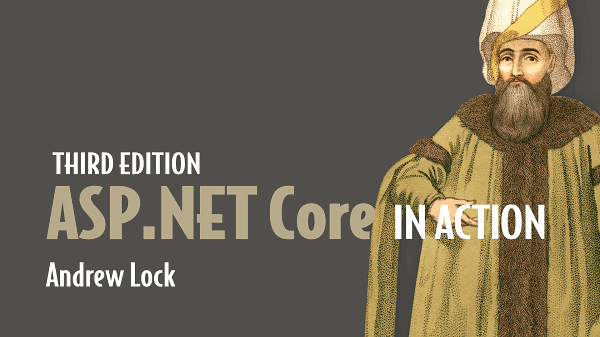- Loading...
-
Sponsored by Nick Chapsas—Want to learn how to build elegant REST APIs in .NET? Get 5% off Nick's latest course "From Zero to Hero: REST APIs in .NET"!
-

My new book ASP.NET Core in Action, Third Edition is available now! It supports .NET 7.0, and is available as an eBook or paperback.
-

.NET Core, Docker, and Cultures - Solving a culture issue porting a .NET Core app from Windows to Linux
In this post I describe how I fixed an issue with Cultures that arose when porting an ASP.NET Windows app to ASP.NET Core on Linux.…
-

Using strongly-typed entity IDs to avoid primitive obsession
In this series I describe how to use middleware as an MVC filter to add request localisation to your app.…
-

Localising the DisplayAttribute in ASP.NET Core 1.1
In this post, I recap localisation in ASP.NET Core, and see how localising the DisplayAttribute changed in ASP.NET Core 1.1. Spoiler alert - it just works!…
-

Redirecting unknown cultures when using the url culture provider
Adding a URL culture provider using middleware as filters - Part 5
In this post I show how to handle the case where a user requests a culture that does not exist, or we do not support, by redirecting to a supported URL culture.…
-

Using a culture constraint and redirecting 404s with the url culture provider
Adding a URL culture provider using middleware as filters - Part 4
In this post, I'll show how we can create a custom route constraint to help prevent invalid route matching, and add additional routes to catch 404 errors.…
-

Applying the RouteDataRequest CultureProvider globally with middleware as filters
Adding a URL culture provider using middleware as filters - Part 3
In this post, I'll show the various ways you can configure your routes globally, so that all your urls will have a culture prefix by default.…

